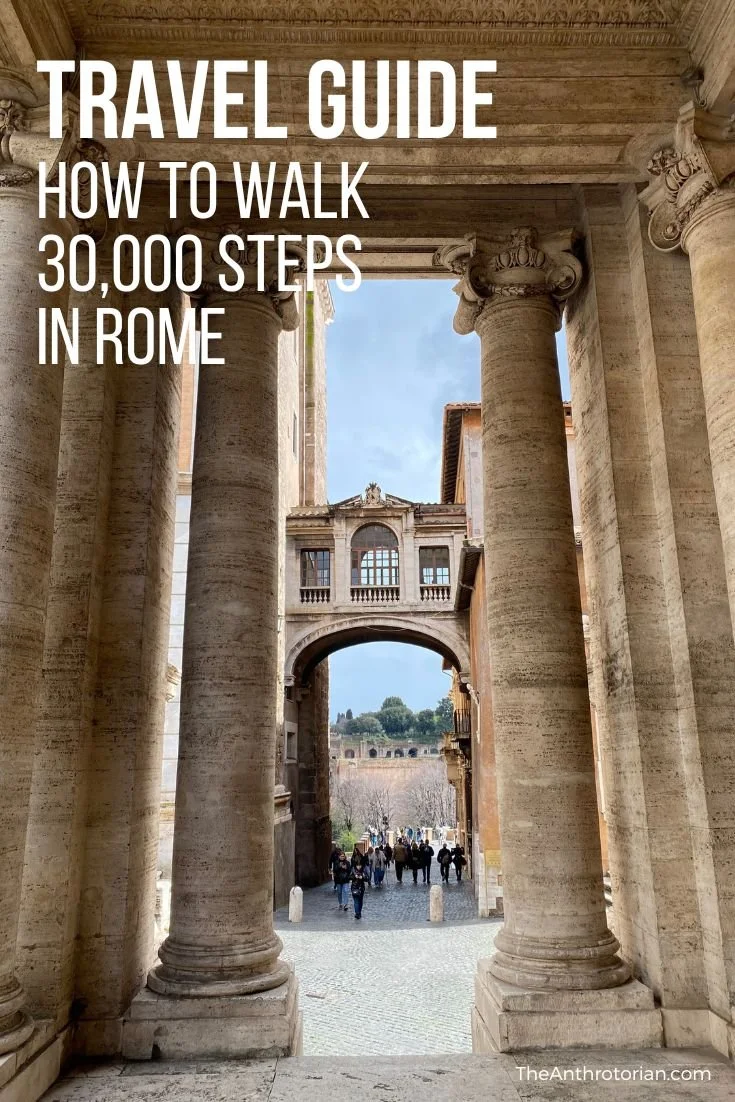Located in the middle of Beijing in China, the Yonghe Temple aka Harmony and Peace Palace Lamasery aka Yonghe Lamasery aka Lama Temple is a complex made up of a maze of elaborate arches, stunning tapestries and massive temples, opening to expansive courtyards filled with people praying and fragrant smoke filling the air from burning incense.
Read MoreDon't Touch The Monks in Southeast Asia!
In Thailand approximately 95% of the population is Buddhist, which means that the country is chock-full of breathtaking temples (wat in Thai), elaborately carved statues of the Buddha, and saffron-coloured-robe clad monks (approx. 460,000 of them!).
It is an expectation across the country that EVERY Thai male will become a monk for at least a short period in their life.
This practice, much like compulsory military service in countries like South Korea, usually occurs between the completion of school and the beginning of a career or marriage. It is not unusual however for males under the age of 20 to ‘take robe and bowl’ as novices, because a family earns great merit when a son becomes a monk.
The time spent in a wat is traditionally supposed to last for three months and take place during the Buddhist version of lent that begins in July and coincides with the monsoon season.
Nowadays. however. most men spend as little as a week in the temple in order to accrue merit as a monk.
As is the case in most organized religions, women do not have the same status as men, and are not permitted to become monks. Outnumbered by them almost 50 to 1 — I never actually saw one when I was in Thailand — these female devotees to Buddha shave their heads, wear white robes, and are called nuns.
“It is an expectation across the country that EVERY Thai male will become a monk for at least a short period in their life”
The lower status of women in Buddhist practice was even more obvious to me when I learned that one of the 250 rules that monks follow is that they are not allowed to touch or be touched by women.
If you are female and want to give them alms or food, you must set the offering nearby or on their receiving cloth.
If you so much as brush against a monk on the crowded streets or water taxis of Thailand, they will have to return to the temple and perform rituals (think Silas from The DaVinci Code but less extreme) to cleanse themselves of your touch.
Pin Me!
How Buddha's Birthday is Celebrated in South Korea
The air was thick with anticipation.
A hush fell over the crowded streets as the last light slowly disappeared behind the horizon.
Suddenly, without warning, the low, deep boom of a drum echoed in the distance. As the sound grew closer, I could feel its vibrations deep in my stomach and my pulse start to race as I gave in to the crowd’s excitement.
We erupted in cheers, as the drummer rounded the corner and the dark street came alive from the glow of thousands of elaborately painted and intricately sculpted paper lanterns.
I couldn’t stop myself from joining the people beside me yelling into the jubilant air.
Lanterns, prayers, and offerings
In South Korea, Buddha’s Birthday begins with a massive night parade filled with people in traditional, colourful costumes carrying elaborate paper lanterns that light up the streets.
For the week following the parade, these lanterns cover the ceilings and exterior open spaces of Buddhist temples all over the country. Prayers and wishes are written on thin strips of paper that hang from them, swaying back and forth in the spring breeze in rhythm with the chanting monks.
The lanterns create ceilings of pink, orange, yellow, blue, and white so thick that you cannot even see the sky. Under these rainbow coloured ceilings, Koreans in stocking feet line up, waiting patiently for their turn to enter the temples so they can place offerings of food and incense in front of gold Buddha statues.
When is Buddha's birthday?
Followers of Mahayana Buddhism celebrate the birth and enlightenment of Prince Gautama Buddha (b.563BC) from the end of April to the end of May (some celebrations last a day, a week, or the whole month). This ‘original’ Buddha — literally meaning ‘awakened one’ — was the spiritual teacher from the Indian subcontinent on whose teachings Buddhism was founded.
Buddha’s birthday was by far the largest celebration that I witnessed while living in Asia.













